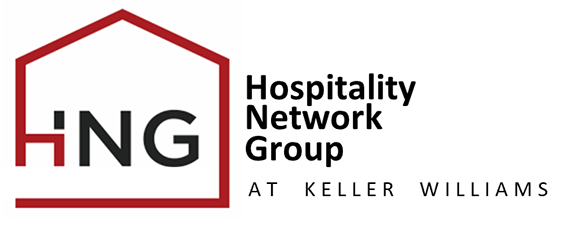Lower Your Monthly Mortgage Payment When Buying a Home With an Interest Rate Buy Down!
During this high interest rate environment, our agents with the Hospitality Network Group at Keller Williams are helping our homebuyers reduce their monthly payment with temporary interest rate buydowns.

With a 2-1 buydown, borrowers can get reduced mortgage payments for the first two years of their loan.
As a buyer, your interest rate is reduced by 2% the first year and 1% the second year. By the third year of the mortgage term, the interest rate goes back to the original interest rate on the loan, but by then the expectation is that interest rates have come down and you can refinance at the new lower interest rate.
More and more sellers are offering to buy down a buyer’s mortgage to incentivize the buyer to purchase their home.
At the Hospitality Network Group, we have been able to help a number of our buyers get the home they want by negotiating seller concessions to pay for a 2-1 buydown.
This payment, or subsidy, provides the lender with the funds necessary to lower the buyer’s interest rate so that the buyer can more easily afford their home loan.
Formula for Calculating a 2-1 Buydown
The formula for calculating buydown points is: buydown points = (loan amount x percentage) / 100.
For example, you’re buying a home for $300,000, and the total buydown is 3%. The formula would look like this:
Buydown points = (300,000 x 3) / 100 = $9,000
In this instance, the seller would pay $9,000 in closing costs to the buyer at closing.
Pros and Cons of a Temporary Buydown?
The first thing to point out with a temporary buydown is just that: it’s temporary. Initially, it can be a pro that you’re paying lowered mortgage payments for the first two years.
However, if interest rates do not adjust as expected or your income doesn’t match the payment amount in the third year of the loan, it can become a serious con. That’s why it’s essential to consider the impact of the monthly payments once they resume at the original interest rate from the third year onwards.
A temporary buydown can benefit both sellers and buyers. For our buyers, this is a bridge for a market with high rates and gives them an opportunity to buy now, when interest rates are high, with the ability to refinance later if rates go down. If they don’t go down and continue to go up, then at least they’ve locked in a lower rate right now. For our sellers, it enables them to move properties faster and keeps them from staying on the market too long.
A Lender’s Perspective, Lindsey Nance - Loan Officer at Movement Mortgage
“At Movement Mortgage, we retain the servicing of our loans, once the buyer closes on their new home. The advantage to this is that the money that was paid at closing for the Temporary Buydown is held in an escrow account that the buyer gets to take full advantage of. The Buydown money is paid on behalf of the buyer on a monthly basis to offset what the full payment would have been, had a Buydown not been utilized.
For instance, if the buyer refinances their mortgage to a permanent fixed rate before the first two years of their Temporary Buydown expires, whatever money is left in that escrow account belongs to the buyer and it is applied as a reduction to the buyer’s principal balance. So, let’s say, using the $9,000 amount as an example mentioned in this article above, that only $5,000 of that amount had to be applied to the Buydown. The buyer would then have that remaining $4,000 applied to their current total loan amount when they refinance, thus lowering their total loan amount which will make their refinanced loan amount even more affordable.
At Movement, we can utilize this program on both primary homes and second homes, to serve the buyer’s needs.”














